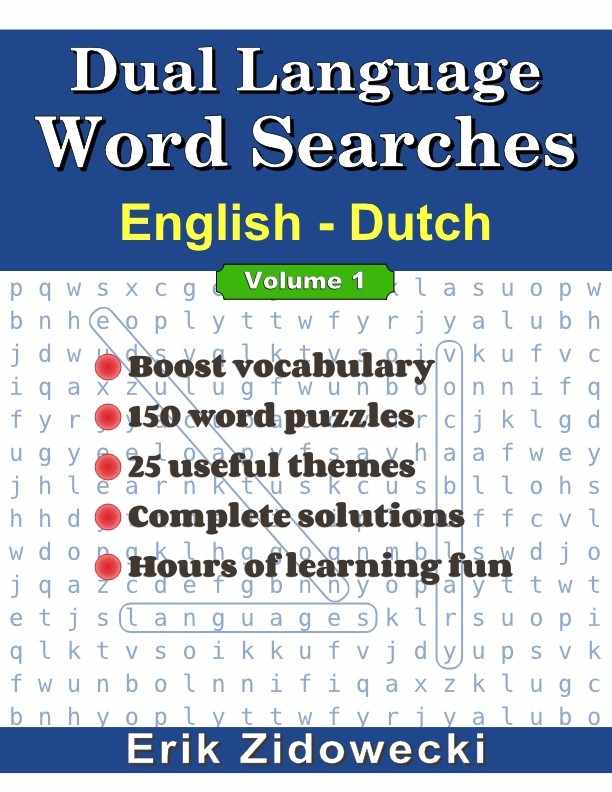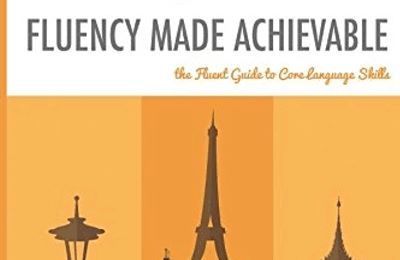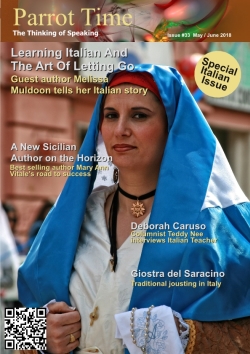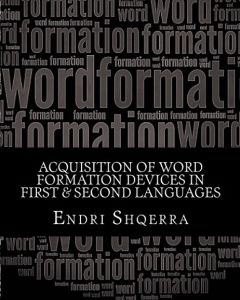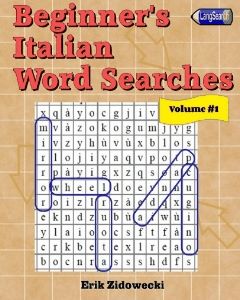Acquisition of Word Formation Devices in First & Second Languages” (2017)

Acquisition of Word Formation Devices in First & Second Languages” (2017) A review of "Acquisition of Word Formation Devices in First & Second Languages" (2017) by Endri Shqerra. 102 pages. Paperback or kindle What comes to mind when you start to think about how we learn languages? Most of us think of learning environment, challenging curriculum, efforts, etc. Another way is to look at the structure of words to explore the ways words are formed, knowledge which assists us in inferring the meaning of the new derivatives and compound words we encounter for the first time. The idea is quite simple really. Languages have root words (_e. g., hard, work_), prefixes (e. g., un-) and suffixes (e. g., -ly) and new words (e. g. hardworking, unimportant, hardly) can be formed by playing with their morphology. "Acquisition of Word Formation Devices in First & Second Languages" is a technical and academic book delving into the difficult question of how we learn languages, both our native language and subsequent ones, and, more particularly, how we develop a large vocabulary by developing the ability to create new derived words from the words we know. The book is addressed for those who have a previous understanding of language acquisition and are familiar with academic words used in language acquisition. Shqerra presents us with an extensive review of previous research and weaves into the work tables of his own testings with his students. In essence he is doing what all teachers do, which is to read up on their field in order to adopt a teaching philosophy of their subject and have a look at their own circumstances as a point of comparison. Only, Shqerra does it in a much more systematic, informed and in-depth manner. The work is reminiscent of the famous 'wug' test, in which children were shown a non-existing creature and were told it was a 'wug'. When shown a picture with 2 of those, children immediately pluralised this non existing word, into wugs. To the authors of this test, it showed that children were able to use words 'productively', that is to form derivatives from the initial entry, based on their acquisition of the principles of word formation. Shqerra goes further by looking at first and second language acquisition.
The book is divided into 6 chapters or sections: The very first paragraph of the introduction sets the tone for this book and immediately we know that the reader needs some background knowledge: Extended Level Ordering Hypothesis, inflectional morphemes, phonological effects, semantic regularity and productivity are concepts mentioned in just the first sentence. In the first paragraph, he explains the general understanding of word formation before clarifying that this work aims at comparing how people learn and use new words in the first and second languages. Shqerra outlines the purpose of this book in the main body of the introduction. He also makes interesting comments about morphological cross-linguistic influence, which is about how your first language influences your second language acquisition. Chapters 1 to 3 present results of a large number of tests done by Shqerra and other scholars to explore hoow word formation knowledge is acquired by both native speakers and second language learners. This investigation forms the basis of Shqerra' suggestions given to teachers to improve their students' word formation knowledge. 
Following these chapters, Shqerra then focuses on what is arguably the most important chapter of his book – considering all this knowledge, how do we facilitate the process of language learning in language classes? Shqerra gives some excellent advice in his chapter 4. Meant for language teachers, this chapter could just as well address those many self-driven adult language learners who wish to add effective strategies to their didactic efforts. Shqerra makes interesting suggestions, one of which being that textbooks should be 'rich in root words'. This makes sense, because in order to make our target language productive, we have to be exposed to the root vocabulary before learning their derivatives. Following on this, derivatives can be learned through an understanding of affixes. The author pointed out at the start of chapter 4 that explicit teaching of word formation rules (e. g., -ly combines with adjectives to form adverbs) may not be very effective but that such knowledge (i. e., suffix –ly combines with adjectives to form adverbs) may be transferred by the learners' first language. For example, the Dutch suffix –baar is the counterpart of the English suffix –able. The meaning of both these suffixes (–able and –baar) is "that can be V-ed", and, they both combine with verbs to form adjectives (the same word formation rules apply to these suffixes). If we present to the Dutch speaking English learners the counterpart –baar that the English suffix –ly has in pupils' first language, would assist Dutch speaking English learners in transfer such knowledge from their first language. Conclusion: As a foreign language teacher, I find the topic really interesting and thought-provoking. I have made plans to develop certain activities with my own students based on his suggestions. My personal feeling about Shqerra's suggestions, however, is that they are based on a fairly mechanical aspect of the language, reminding me of a scene in the Dead Poets' Society where students read from their textbook what good writing is based on sentence structure and vocabulary range. In the movie, Robin Williams, the teacher, instructs the students to tear off those pages of their textbook, teaching them that writing is much more artful. I feel that language learning contains an unquantifiable dimension which needs to be fostered. For example, we know that some people are able to play competitive scrabble in languages they can't speak. Still, Shqerra did not claim that he was offering a magical solution to foreign language acquisition. Instead, he convincingly proposed a strategy to enhance learners' ability to expand their vocabulary. The book is available for purchase at https://www.amazon.com/ Endri Shqerra M.A. studied at University of New York, Tirana. His publications include "Contrastive Analyses of Word-Formation in English and Albanian Languages" and "The Role of Derivation and Compounding in the Process of English Language Acquisition". Olivier Elzingre is a PhD candidate researching motivation and identity development in study abroad contexts. He teaches high school French in Australia. Correspondence to olivierrelzingre@gmail.com |
| Book Look - Acquisition of Word Formation Devices in First & Second Languages” (2017) | ||
| Writer: | Olivier Elzingre and Endri Squerra | |
All images are Copyright - CC BY-SA (Creative Commons Share Alike) by their respective owners, except for Petey, which is Public Domain (PD) or unless otherwise noted.
|
Searching for language resources? Scriveremo Publishing, has lots of fun books and resource to help you learn a language. Click the link below to see our selection of books, availlable for over 30 langauges!
| |
comments powered by Disqus
